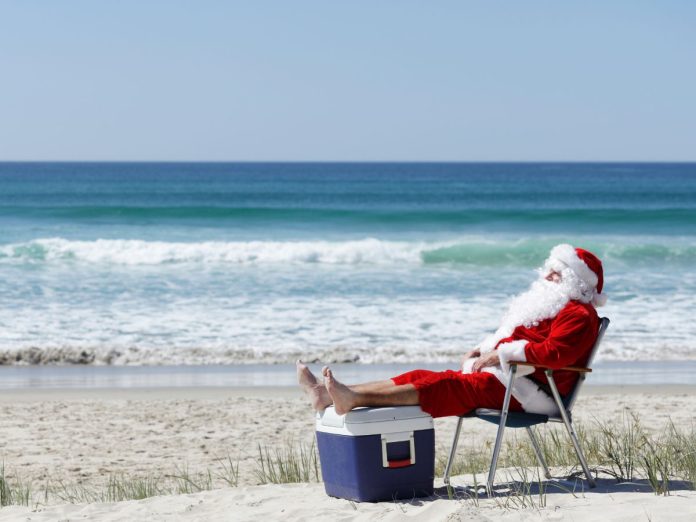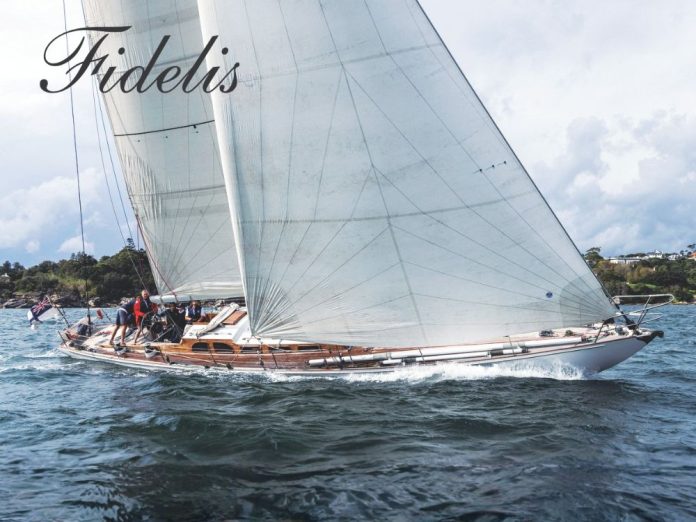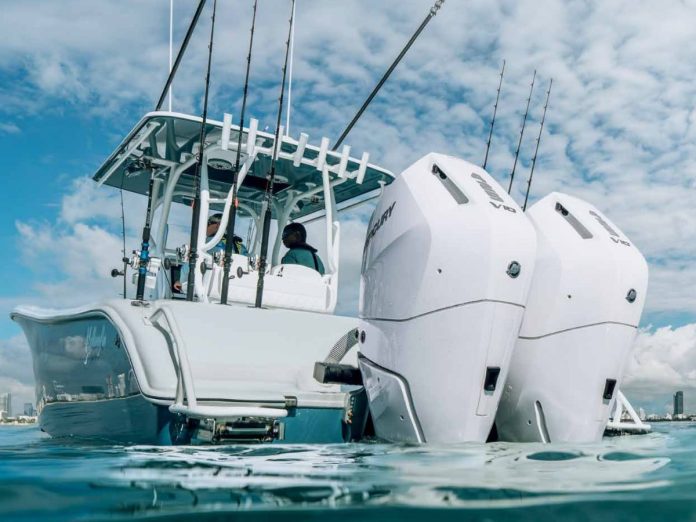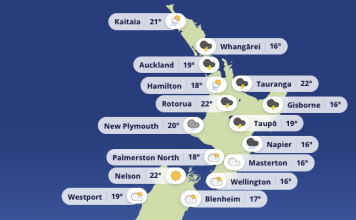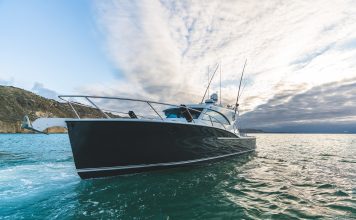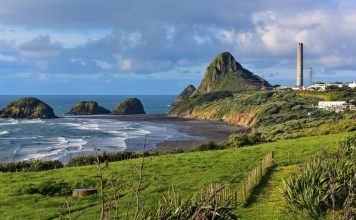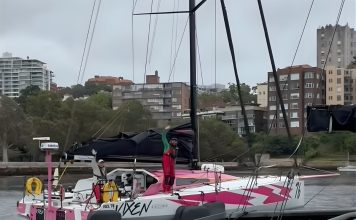Buried deep within the Viaduct Harbour’s New Zealand Maritime Museum is a team of photography specialists digitising the facility’s formidable archive – a multi-year project aimed at bringing the collection into the modern era. They’re making steady progress, but there’s a long way to go…
As any visitor to the museum will attest, it contains scores of fascinating exhibits on its walls and in display cabinets – with plenty of larger items relegated outside (classic boats bobbing on the water, for example).

Largely unseen though, is a rich and diverse array of ‘archival’ material and objects (an estimated three million items) reflecting the nation’s maritime heritage – a repository that includes diaries, reports, artefacts, photos, negatives, film footage, audio material – and much more. And it continues to grow through donations and gifts.
Every item’s been documented and stored (boxes/shelving) since 1993 when the museum was formally established at the Viaduct site. But when researchers, writers and historians contact the facility looking for material – finding it can take a while. A compounding issue is preservation. Even though the collection’s stored in a relatively well-controlled environment, the march of decay is relentless and irreversible.
Enter digitisation – the logical fix for both issues.
“The Digitisation Project began two years ago,” says Heidi Schlumpf, manager of the six-person team responsible for what she concedes is a daunting task. “It involves photographing or scanning each item – and I’d estimate we’ve done about ten percent of the collection. It’s slow, but every day represents a small, rewarding step forward.”
An integral part of the process is Vernon – though he’s not a person.
Vernon
Best described as a ‘collections management system’, Vernon is a sophisticated database for storing heritage collections. Developed in New Zealand, it was originally designed for art galleries but was quickly adapted to other, similar institutions such as museums, libraries, and archives. It’s now used all over the world.
Photographing and scanning the material is a painstaking process. It starts by ensuring each item being photographed is allocated a digital record within Vernon. The photographers work closely with the records team who enter basic explanatory or ‘context’ information into Vernon and register a unique ‘identifier’ number to distinguish each item. This ensures that data and image are matched forever.

Records team members also enter a range of descriptors like classification and subject keywords, so that the item is quickly and easily located when these are entered into Vernon’s search engine.


As Schlumpf points out, digitising the material would be useless without contextual information, and says there are plenty of institutions around the world facing this precise problem. “We all need to ensure ‘findability’ – otherwise the images would be floating in digital space!”
The Vernon database is not accessible to the public – it’s an internal tool. The public can only access the digitised records via requests to the museum. But in April last year the museum launched a Collections Online portal on its website. This web-based software is also a Vernon product, so the internal and online systems work seamlessly together.
“As an example of the ease of access this creates, we recently published records from our collection of classic outboard engines. It generated enormous interest and comment (even internationally) about the history and provenance of the marques and how the different models developed. It all added to our knowledge base.”
Most of the material is photographed (in high-resolution) because the cameras are much faster than the fairly pedestrian pace of a flat-bed scanner. Transparencies (colour negatives) however, have to be scanned. “We can’t use a camera because the museum is built on a piled wharf, and even though the camera is mounted, the entire building moves and compromises the image sharpness.”

While the Digitisation Project will enhance the museum’s ability to meet the enquiries it receives, preservation of the collection is also a crucial factor. “Many of the items are fragile,” says Schlumpf, “and frequent handling could damage them. Some require gloves – to minimise transferring potentially harmful natural oils from our fingers onto the artefacts. But preservation also means ‘prioritising’ the digitising process, for various considerations like stakeholder interests and research enquiries but also due to the condition of the objects – we’re very conscious of the need to select the most vulnerable items first.”
A growing collection
Much of the archive has been gifted or donated to the museum – and it’s an ongoing process.
“A lot comes from deceased estates – but also from companies and organisations which understand that the historical material must be recorded and preserved to maintain New Zealand’s maritime heritage. For example, we’ve received rich collections from the Auckland Harbour Board and various shipping lines.
“Sometimes the material is well-labelled and accompanied by documentation, and that makes the data capture and labelling process relatively easy. But it can be an array of boxes filled with all sorts of items. That means sorting and appraising it all, and identifying and registering the items selected for official acquisition. It takes time and can be tricky – and it would be impossible for anyone without an understanding or sense of the historical context.”

One of the museum’s most prized items is an album of photographs taken on board the WW1 hospital ship SS Marama. “The album was donated and its contents are relatively rare because – despite the Gallipoli campaign – we don’t have much of a WW1 maritime record.
“The photos reflect wounded soldiers and the dedicated nurses returning from the European war – as well as burials at sea – and provide a fascinating insight into the conditions on the ship.” The SS Marama – built in Scotland – was one of two New Zealand WW1 hospital ships. The other was the SS Maheno.

Funding
While the museum is a commercial organisation (non-Auckland resident visitors pay an entrance fee), and its vessel sailings return some income, this revenue will never be sufficient to meet the project’s ongoing funding needs.
Instead, it’s externally funded (mainly) by the New Zealand Lotteries Commission, though Tātaki Auckland Unlimited also contributes. “Because the NZ Lotteries Commission is unable to commit to funding for more than a year at a time,” says Schlumpf, “we have to reapply every year – with a full project plan and a regular reporting regime.

“We’ve developed a five-year plan and we’re currently in the second year. The Covid hiccup/lockdowns have not helped our rate of progress, but we have been very resourceful and nevertheless very productive. We are determined to succeed.”












